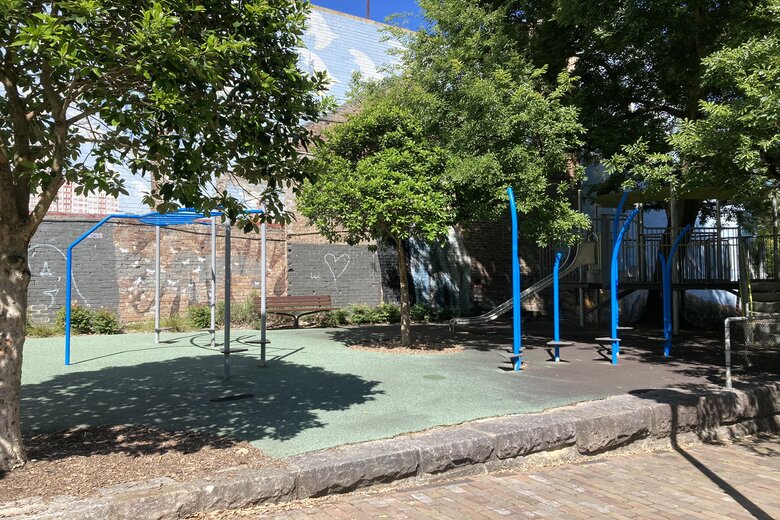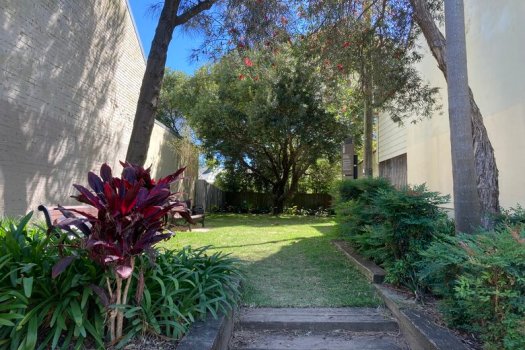
Bigger isn’t always better when it comes to public parks, and in many cases small might not just be the best option, but the only one.

Dr Mike Harris, a senior lecturer in urban design and landscape at UNSW, says many inner city councils are turning to ‘pocket parks’ – some as small as 50m2 – in order to get the most out of every parcel of shrinking land.
“You can look at open public space in a hierarchy,” he tells Government News.
“Traditionally there are big regional public spaces, district spaces, neighbourhood spaces then local public spaces.
“These pocket parks are emerging as a new layer underneath that.”
A pocket park can be established on an appropriated lot of land that’s unsuitable for commercial development, wedged into a neighbourhood grid, or built on sections of road that have been closed to traffic, or on reclaimed slipways.
“Where they happen most is where a section of the street has been reappropriated,” he says.
Dealing with legacy of past planning errors
He says there are parts Sydney with no public space at all, a legacy of historical planning policies.
“In many Australian cities there was just no allowance made for formal public space when land was subdivided, so it’s a way to address a planning error from a long time ago.
“Now we’re going through and finding either ends of a street, or the middle or a street, and converting it into these pocket parks,” he says.

Dr Harris says tiny parks can dramatically enhance quality of life for local communities.
But the benefits go beyond that, and include increasing tree canopy, and even managing traffic.
“There’s a dual benefit of providing that public space for a community that doesn’t have any, and also as a traffic management strategy to stop rat running and make the streets safer for kids and cyclists,” he says.
The smaller they are, you might get more of them distributed across the city instead of consolidated in one large space, so everybody can be within a few minutes of a public space.
Dr Mike Harris
Having several smaller parks inserted strategically through a neighbourhood can also increase accessibility and usage of public space, Dr Harris says.
“The smaller they are, you might get more of them distributed across the city instead of consolidated in one large space, so everybody can be within a few minutes of a public space,” he says.
Pocket parks tend to be subject to passive surveillance, which is an important safety feature, and they can also act as throughfares or locations for businesses like cafés.
Benefits for councils
For councils, pocket parks can provide a way of delivering facilities for their local community without requiring major development.
“In local streets it gives councils the ability to address some very localised community needs and deliver on them,” Dr Harris says.
However, there can be challenges around getting state government approval for road closures, as well as project delivery costs.
Despite the challenges, Dr Harris believes pocket parks remain a relatively under-utilised oppoturnity for local government.
“There definitely could be a lot more of them,” he says.
“It’s a huge opportunity. In fact, taking space from streets is actually one of the only opportunities to increase public space.”
In future he hopes work with councils and other researchers to identify neighbourhood areas that can be used to create pocket parks.
“If you actually sit down and map a suburb there are so many of these opportunities,” he says.
Comment below to have your say on this story.
If you have a news story or tip-off, get in touch at editorial@governmentnews.com.au.
Sign up to the Government News newsletter
Great article. We have just completed a small road closure, making a street crossing much safer and providing a new plaza/event space.